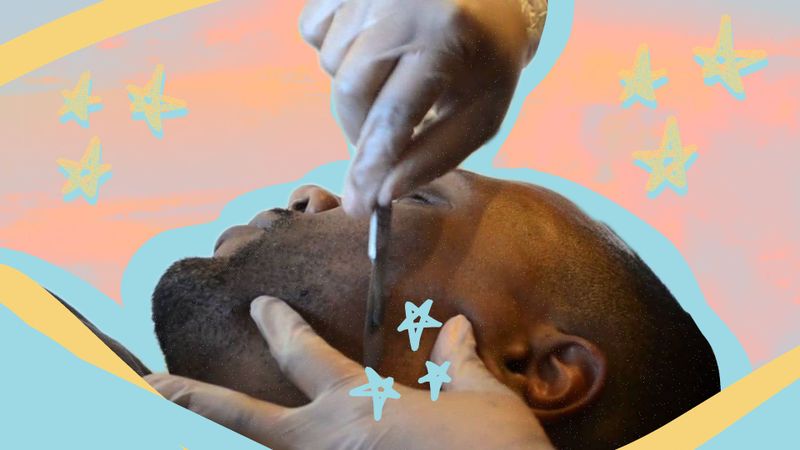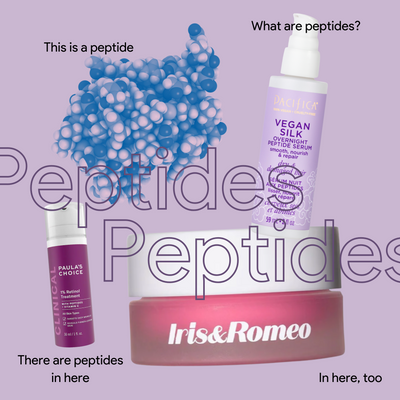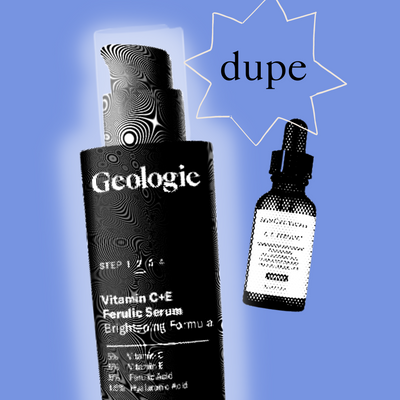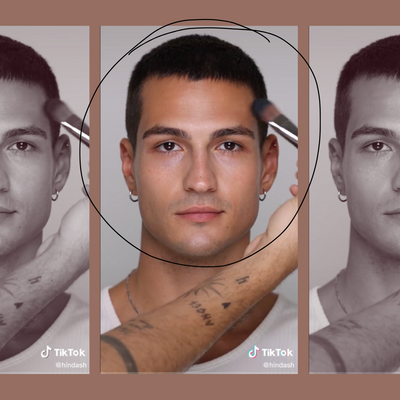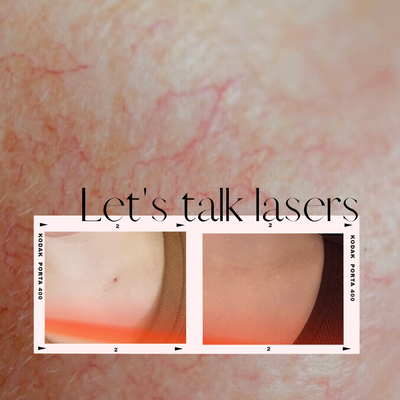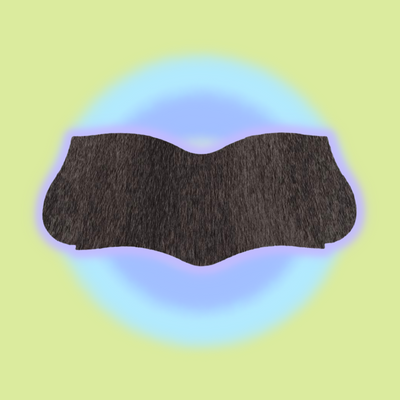Being stuck in quarantine has led me down a rabbit hole of beauty Youtube videos.
One particular trend that I’ve watched countless gurus try is dermaplaning, which is an exfoliating treatment that removes peach fuzz and dead skin with the tiny scrape of a scalpel. The result is smooth, flawless, brighter skin, which was enough to convince me to try it out myself.
SEE ALSO: How self-isolation is messing with your skin and what you can do
The tools
First, I conducted research to see if it was worth splurging on a nice dermaplaning tool, as this procedure is often done at a professional dermatologist or aesthetician’s office. I settled on a $75 dermaplaning tool from Stacked Skincare by Kerry Benjamin after reading countless reviews.
Benefits of dermaplaning
With all this free time on my hands, I’ve noticed that my skin has quite a lot of peach fuzz. Since I have acne-prone oily skin, I feel like these fine hairs have been the main culprit in my recurring breakouts. Kerry Benjamin, aesthetician and founder of Stacked Skincare, explains that the manual exfoliation and removal of dead skin cells and vellus hair with a sterile blade can enhance the penetration of products and reduce acne scars and lift hyperpigmentation.
After watching and reading everything there is to know about dermaplaning, I’ve distilled all that knowledge into a foolproof, step-by-step process. If you’re new to dermaplaning, consider this your ultimate dermaplaning guide.
Here’s how to shave your face, AKA dermaplaning:
1. Thoroughly cleanse your skin before you start your treatment. It’s best to do it on dry skin and make sure that you don’t have active acne that can potentially be nicked by the blade.
2. Hold your skin tight with one hand and take the blade in another at a 45-degree angle, starting from the jawline.
3. Gently start stroking the blade in light, short strokes upward, and do not repeat strokes on areas you’ve already covered.
4. It’s easier to start with the full cheeks and jawline areas before moving on to the upper lip, chin, nose, and forehead.
5. You’ll be shocked by all the dead skin and hairs that your blade takes off, so you need to continuously wipe your blade clean with tissue or a cotton pad after every few strokes.
6. Once you’ve finished your whole face, cleanse your face again to wash off all the dead skin and hairs.
7. Apply a gentle, unscented moisturizer, as your skin will feel tight and raw.
Dermaplaning is most effective as a weekly treatment, and it’s best to do it at night so that your skin has time to recover and glows by the morning. Always remember to wear sunscreen after dermaplaning, as it’s more susceptible to harmful UV rays. Clean the blade after each session with rubbing alcohol, and replace it completely after one month.
Immediately after dermaplaning, my skin was red, but by the next morning, my skin was as smooth as a baby’s butt and it glowed! I’m currently on week 6, and I’m loving the continuous improvements of my skin—it went from acne-scarred and sun-damaged to glass skin!
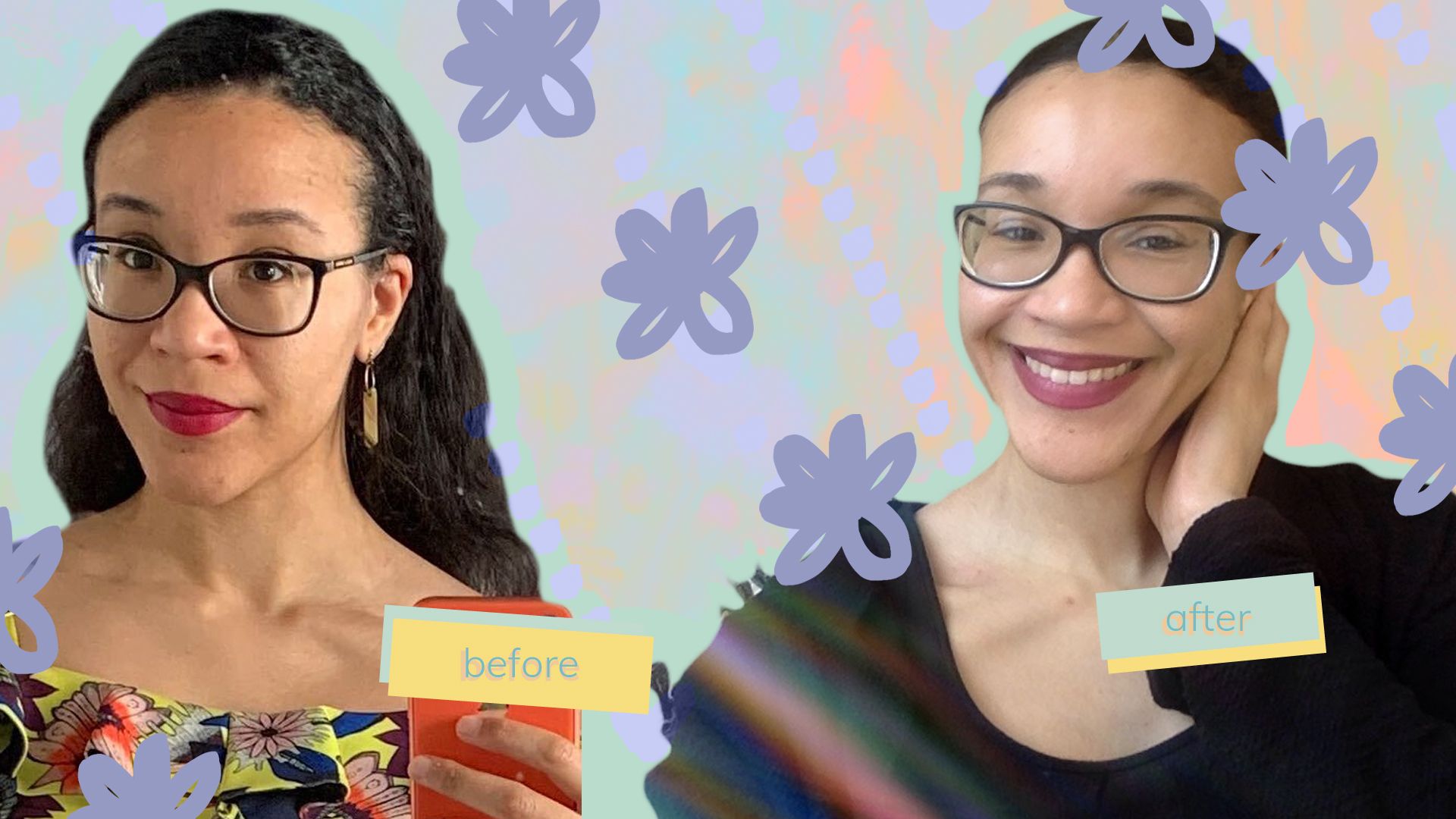
Artwork by Alicia O’ Brian

